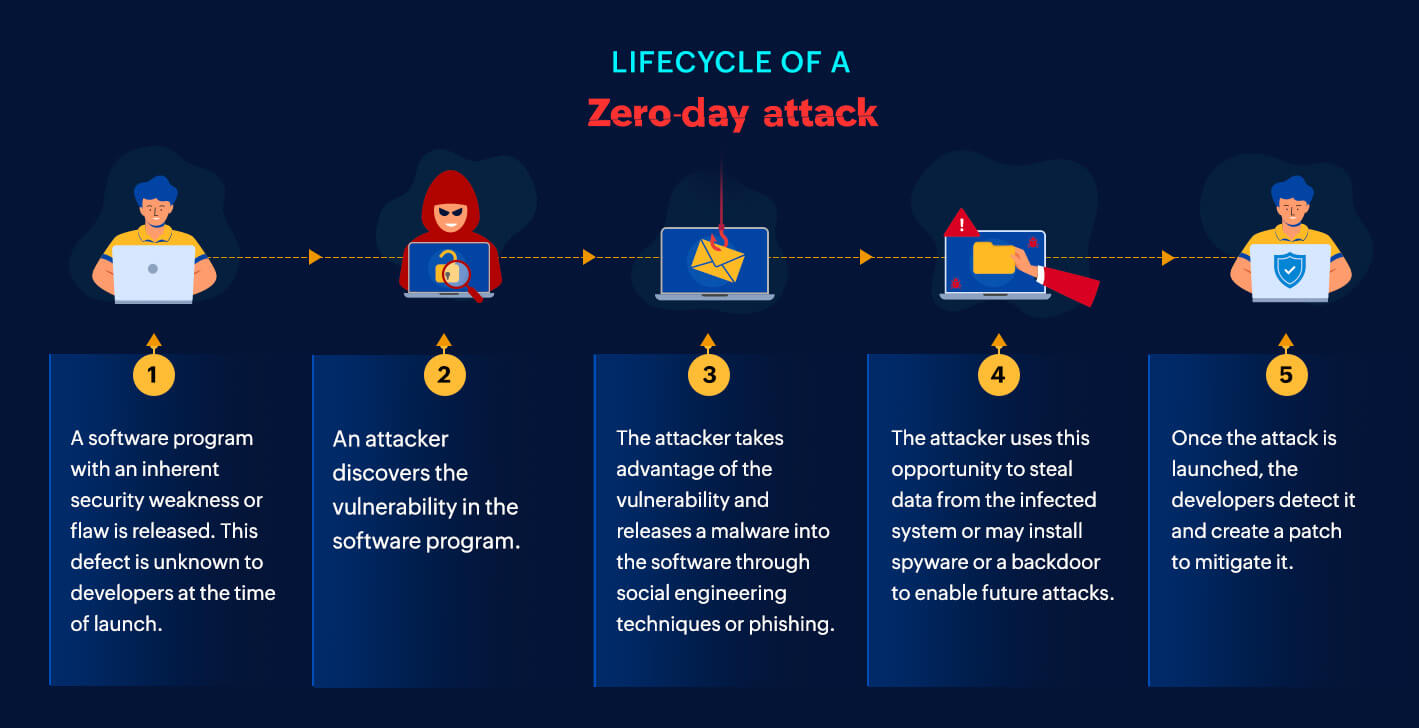
AlmaLinux: The Future of RHEL Clones
AlmaLinux, a rising star in the world of Linux distributions, is making waves with its unique approach to creating a Red Hat Enterprise Linux (RHEL) alternative. Led by benny Vasquez, the AlmaLinux OS Foundation is charting a new course by developing a distribution that is not just a clone of RHEL, but one that aims to be Application Binary Interface (ABI) compatible.
The Challenge
Recent changes in Red Hat’s policies regarding the use of RHEL code have sent shockwaves through the open-source community. With restrictions on RHEL code usage, distributions like AlmaLinux, Rocky Linux, and Oracle Linux found themselves at a crossroads. While some chose to challenge Red Hat’s new requirements, AlmaLinux took a different path by focusing on ABI compatibility.
The Solution
To achieve ABI compatibility, AlmaLinux is leveraging the CentOS Stream source code provided by Red Hat. By aligning with RHEL’s ABI, AlmaLinux aims to ensure that software designed for RHEL will run seamlessly on their distribution. Despite the challenges, AlmaLinux has managed to maintain a high level of compatibility, with only a small fraction of packages requiring manual patching.
Looking Ahead
AlmaLinux’s commitment to maintaining RHEL compatibility remains unwavering. Any discrepancies that may arise between RHEL and AlmaLinux are treated as bugs that must be promptly addressed. Moreover, AlmaLinux is not content with merely mimicking RHEL; the distribution plans to introduce its own features, such as the Synergy software package, to cater to the specific needs of its community.
Conclusion
As AlmaLinux prepares to release beta versions of AlmaLinux 8, 9, and 9.3, the Linux community eagerly anticipates the next chapter in the evolution of RHEL clones. With a focus on compatibility, innovation, and community-driven development, AlmaLinux is poised to carve out a unique space in the competitive world of enterprise Linux distributions.















